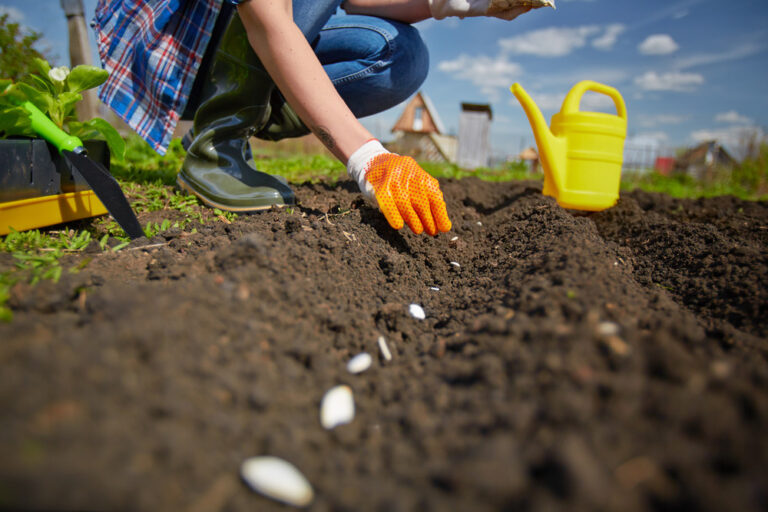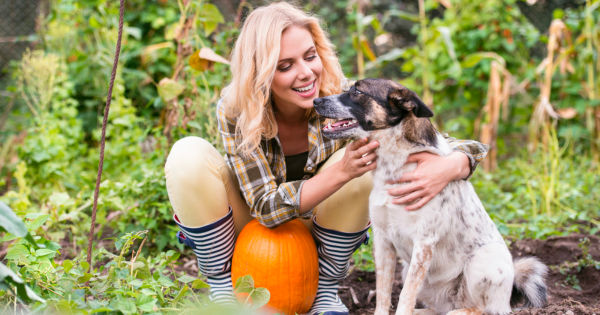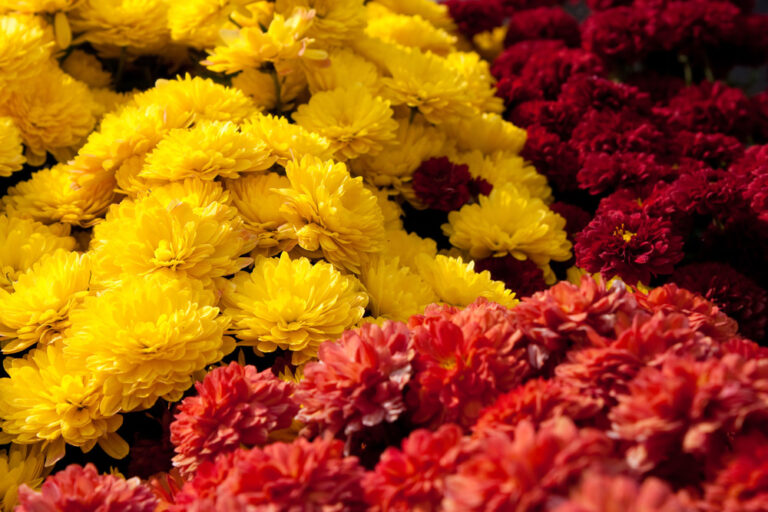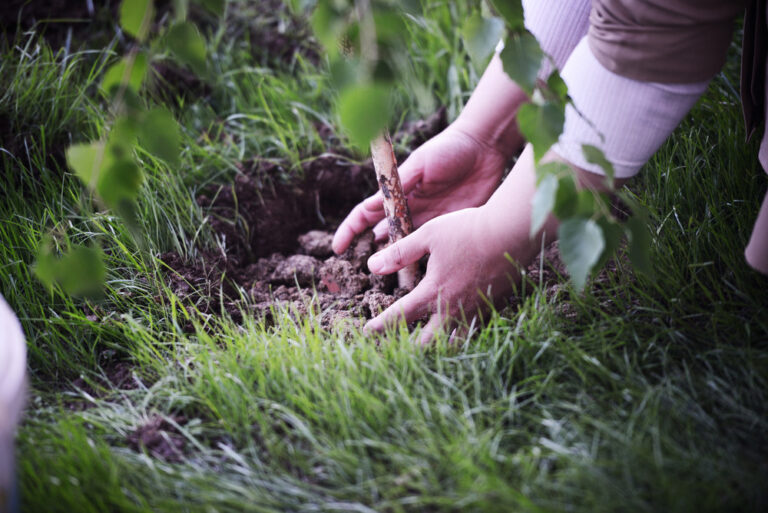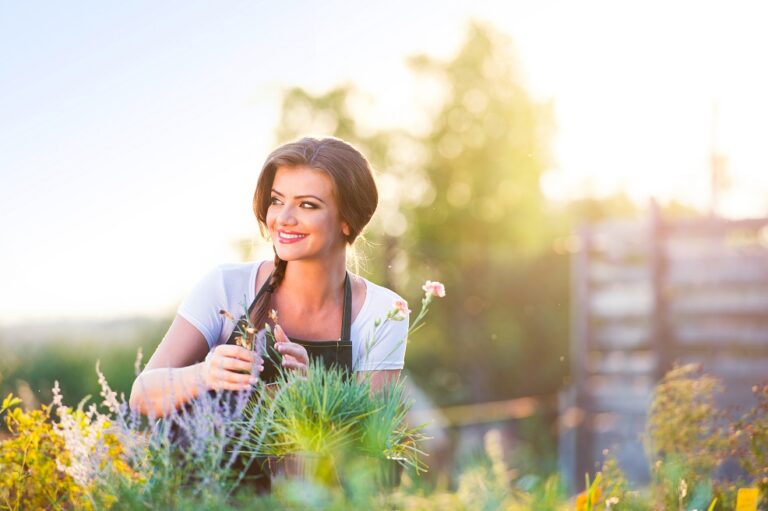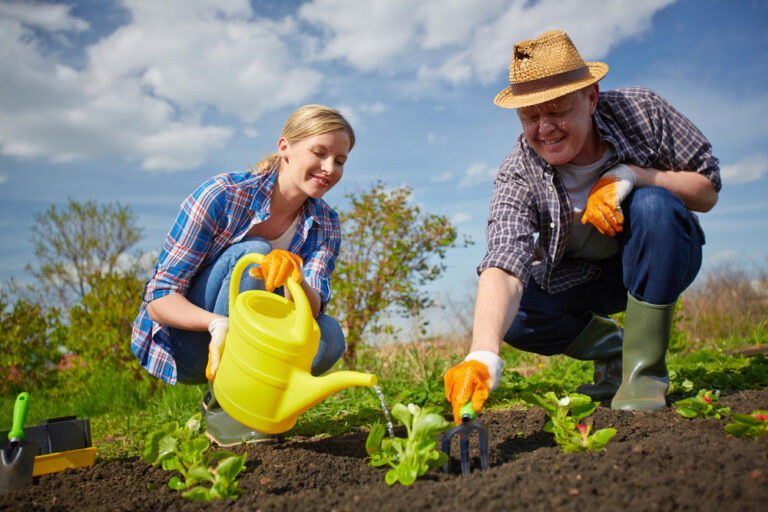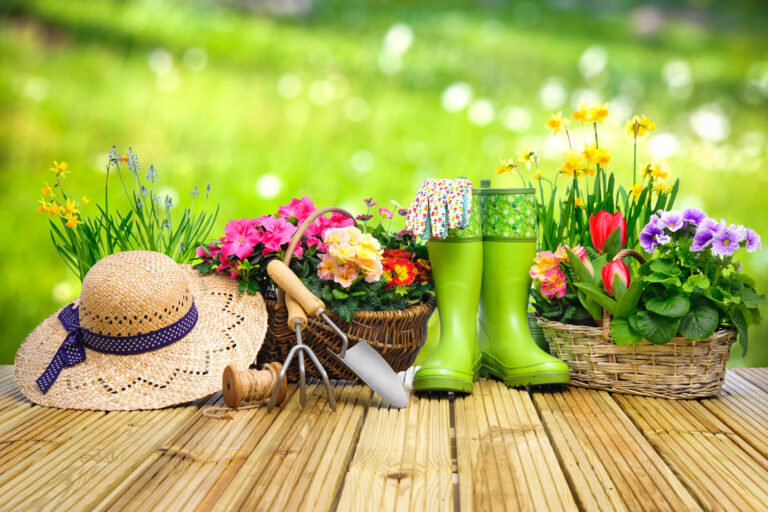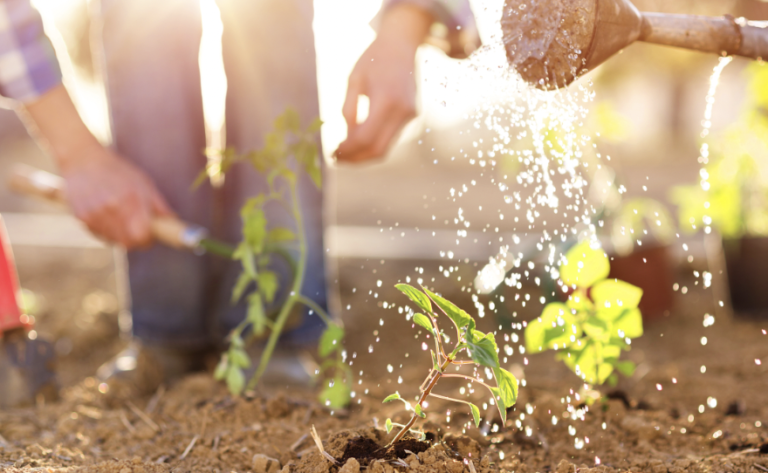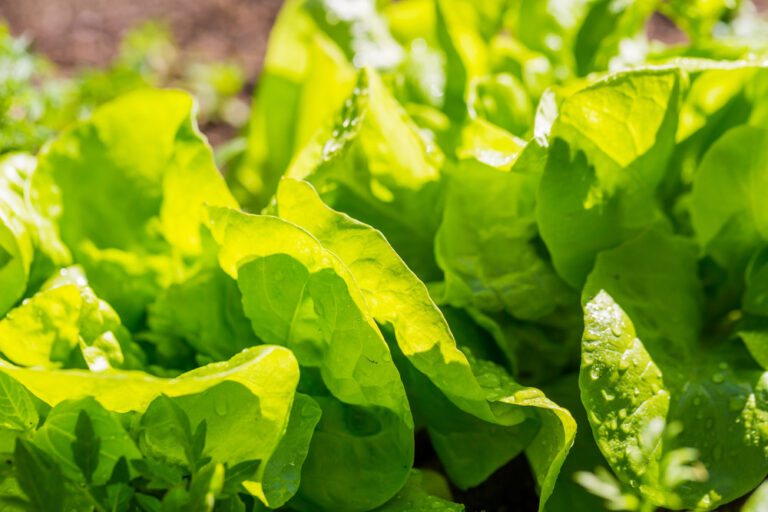Starting a garden is a great way to bring nature into your home. Not only can you enjoy the beauty of budding flowers and lush green foliage, but you can also reap the many health benefits that come with having a garden. Here are some of the ways in which starting a garden can improve…
Tips for Keeping Your New Pup Out of Your Garden
There are a couple of reasons you need to keep your new pup out of your garden. A garden can be a dangerous place for a young dog. Of course, you work hard to keep your garden just so, and you do not want all that hard work to be for nothing. These tips will…
5 Tips for Starting a Garden and Landscaping Company
With more people seeing the benefits of having a garden at home, the demand for professional services for gardening and landscaping grows. This is why you’ll be making a good call by starting a garden and landscaping company. If you’d like to know how you can do this with a good chance of success, read…
4 Ways to Autumn-ify Your Garden on a Budget
This is the time of year when people start to think about the number of ways that they can ‘autumn-ify’ their garden to make it look precisely the way that they want it to look. It can be a challenge to change things up every season, but it may make sense to do so in…
How to Create a Life of Growing Your Own Food
Growing your own food can be incredibly beneficial for you and your family. The food supply chain can be complex and easily disrupted. When you grow your own, you get some peace of mind about it. But getting to that point can be difficult. Here are some tips on how to create a life growing…
There Are More Hidden Benefits to Gardening Than You Might Think
Gardening is one of the best hobbies that you can take part in. This is because of the different benefits that it can help you and your family to enjoy. Apart from the obvious ones such as helping make the environment a bit greener and enjoying more fresh food, there are other benefits of…
Things to Consider As You Plan to Host a Party in Your Garden
As the weather gets warmer, many of us start to dream of hosting outdoor parties in our gardens. Whether you’re planning a casual get-together with friends or a more formal gathering, there are a few things to keep in mind to ensure your party is a success. Here are five things to consider as you…
5 Ways to Get Your Garden Ready for Fall on a Budget
August is officially here, which means autumn is right around the corner. While the idea of getting your garden ready for the cooler season might seem overwhelming, you don’t need to worry! Here’s how you can revamp your garden for fall without breaking your budget. 1. Compare Prices of Tools Online If you’ve been using…
4 Gardening Tips You’ve Never Thought Of
Gardening is an amazing hobby to take up thanks to all the benefits that it has to offer. It may be a bit of a learning curve to know how to do it well, however, because of the sheer volume of information surrounding gardening. Here are four helpful tips to make it easier for you…
Even a Small Outdoor Area Can Become a Productive Garden
Have you ever looked at your tiny outdoor area and thought there’s no way you could ever grow anything in there? Well, think again. With a little creativity, even the smallest outdoor space can be transformed into a productive garden. Whether you’re thinking of growing your favorite herbs or veggies, there are many ways to…
